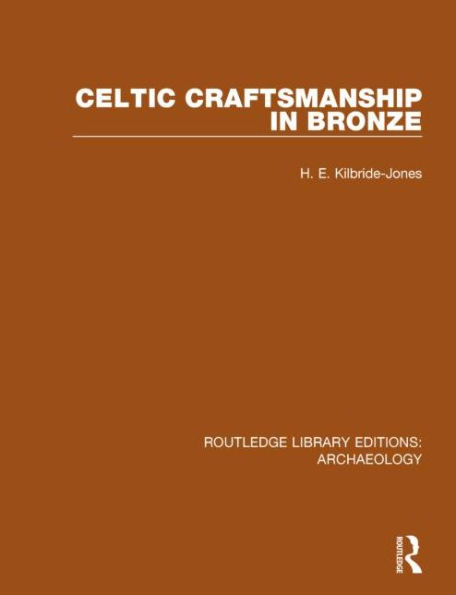The book is divided into four parts, each having its own historical introduction. Irish material is included in each period, since there were close links between the bronzesmiths of Britain and Ireland, and the art of one affected the other. Methods of manufacture are examined, as are the range of styles and the origins of forms and motifs, including isolating some as from certain localised workshops. Originally published in 1980.
The book is divided into four parts, each having its own historical introduction. Irish material is included in each period, since there were close links between the bronzesmiths of Britain and Ireland, and the art of one affected the other. Methods of manufacture are examined, as are the range of styles and the origins of forms and motifs, including isolating some as from certain localised workshops. Originally published in 1980.

Celtic Craftsmanship in Bronze
266
Celtic Craftsmanship in Bronze
266
Product Details
| ISBN-13: | 9781138816046 |
|---|---|
| Publisher: | Taylor & Francis |
| Publication date: | 10/24/2014 |
| Series: | Routledge Library Editions: Archaeology |
| Pages: | 266 |
| Product dimensions: | 7.44(w) x 9.69(h) x (d) |
